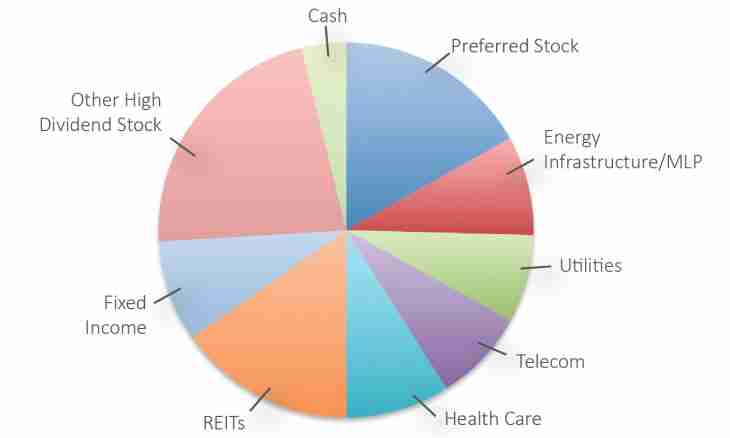To estimate financial reliability of the enterprise, it is necessary to analyze volumes of its assets and liabilities carefully. From their ratio it is possible to define coefficient of the current liquidity, one of three indicators of solvency.
It is required to you
- - balance of the company.
Instruction
1. Calculation of financial performance of liquidity of the enterprise allows to estimate its ability to repay the current debts only at the expense of current assets. It allows to define objectively a possibility of financial risk in unforeseen circumstances.
2. The term "liquidity" is applied not only to the organization, but also to assets: to securities, precious metals, equipment, real estate and so forth. It is their ability quickly to address in real money.
3. To define coefficient of the current liquidity, it is necessary to use a formula: K = (OA – DZ – Zuk) / TP, where: OA are current assets; DZ – receivables; Zuk – the debt of founders on contributions to the capital of the company; TP are the current liabilities.
4. Take the data used for calculation of this indicator from the balance sheet. Current assets – line 290 where fixed assets of work are considered (raw materials, materials, the equipment with service life are no more than a year, construction, incomplete at this stage, etc.)
5. Current assets go through three stages of process which provides the continuity of capital flow. It is monetary, production and again monetary stages. At the first stage the invested money addresses in reserves of raw materials and initial materials, on the second – in finished goods, and on the third – in monetary revenue.
6. Receivables, line 230 of balance, are set of debt requirements of the enterprise. It includes sums of money which are due to this company from other companies and/or natural persons. The debt of founders on a contribution to the general capital is line 220.
7. The current liabilities – accounts payable of the enterprise. For calculation of this size take the difference of lines 690, 650 and 640. These are, respectively, total liabilities, reserves of the forthcoming expenses and future income.
8. So, in transition to lines of balance, the formula for determination of coefficient of the current liquidity looks so: K = (290 – 230 - 220) / (690 – 650 - 640).
9. There are norms to which there has to correspond the received value. If this indicator fluctuates ranging from 1.5 up to 2.5, then the enterprise has stable financial potential. If the coefficient lower than 1, then the company is exposed to big financial risk. If it more than 2.5, then it can be a consequence of irrational capital utilization.
